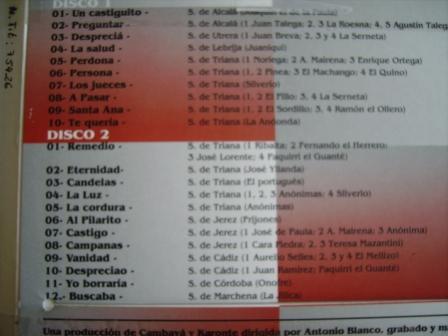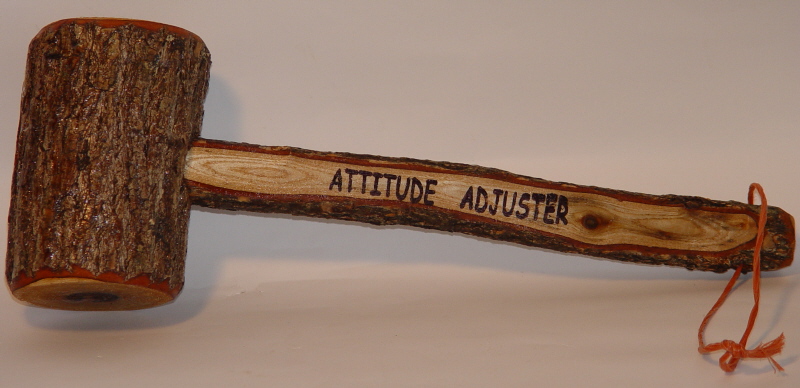|
NormanKliman -> RE: Solea de Triana.. chords please (Oct. 18 2009 23:22:54)
|
Hi guys,
Jason: "Verse" means both a single line and a group of lines, but I think of it as you do, as a stanza, and I've edited my post. It seems a lot more simple in Spanish, with the terms estrofa/copla/letra (stanza/verse), verso (line of verse) and tercio (sung line of verse), although sometimes in Spanish people don't clearly distinguish between tercio and verso. It can be really confusing talking about these things! For example, some cantes start with the second written line of verse, which makes it the first sung line, etc.
Anders: Yes, there's a lot of information (over 400 audio files of siguiriyas and soleás). It's important to be aware that not all of the styles have to be learned, because many have fallen into oblivion (like the soleá El Fillo 1), others were never popular (José Yllanda 1), some are particular to a certain artist and therefore not very popular (José Yllanda 2 and 3), and a few contain tiny differences that hardly warrant special attention (Pepe el de La Matrona's styles, for example).
I've heard many people complain that the Solers' system of classification takes into account too many obscure styles and tiny details. For example, Pierre Lefranc has a similar book with narrower criteria. It doesn't include styles that are based on fewer than three recordings, if I remember correctly. While a narrower scope is easier to understand (and makes the author look better), I think a broader scope contributes more to the art form. For example, the soleá El Fillo 1 is excellent, but as far as I know nobody has ever recorded it. There aren't that many "hidden gems" in the old recordings, but there are a few.
So about the overabundance of information, I'm very much in favor of keeping things as simple as possible, but I think it might sometimes be an advantage when you have to put some effort into understanding a really dense piece of research. The language itself is another matter though. Long flowery sentences turn me off right quick!
|
|
|
|


